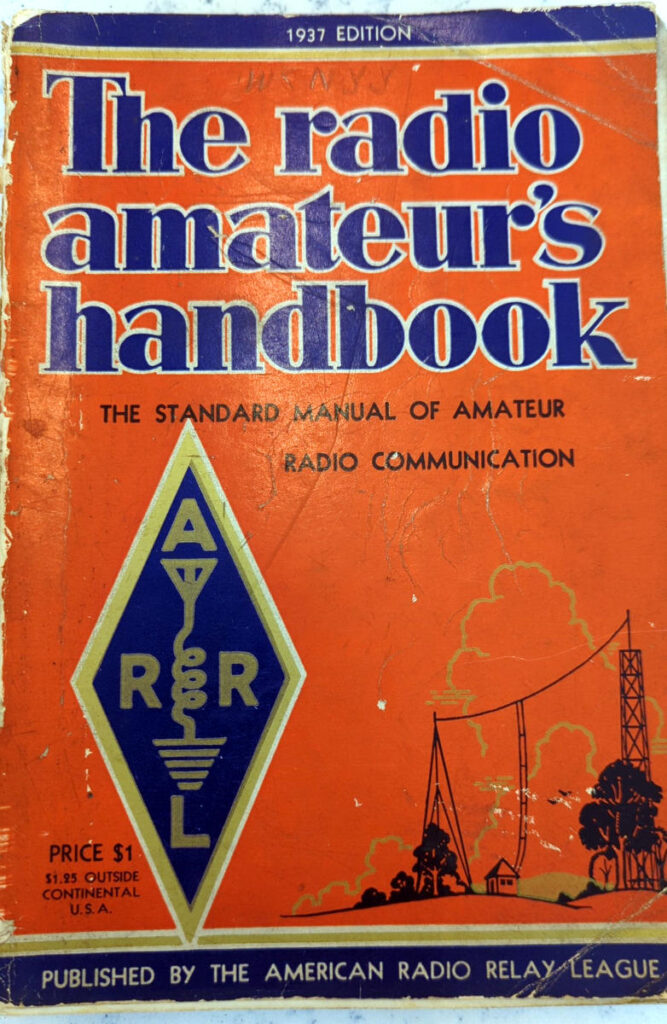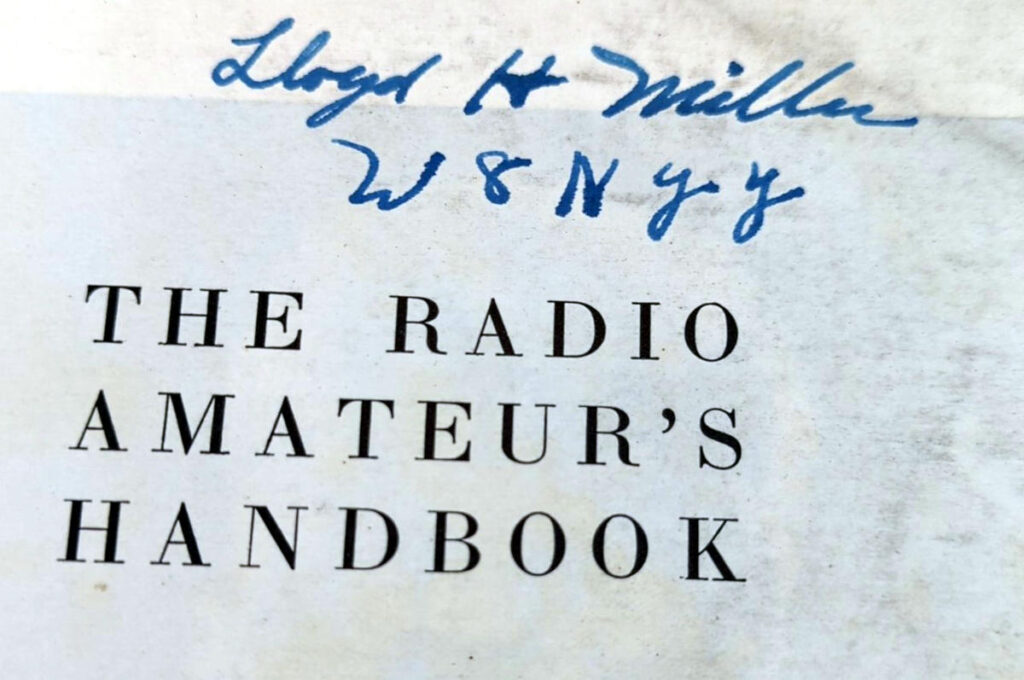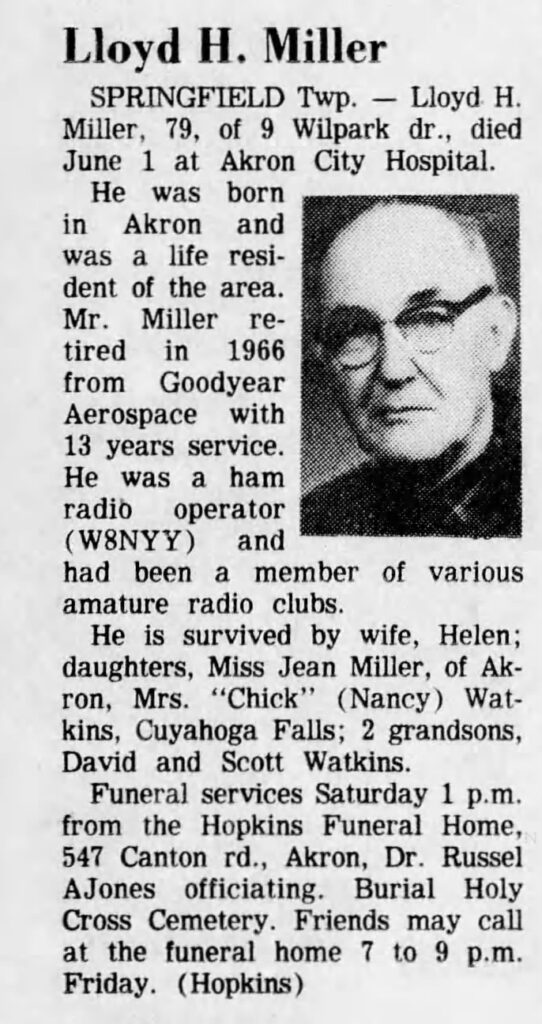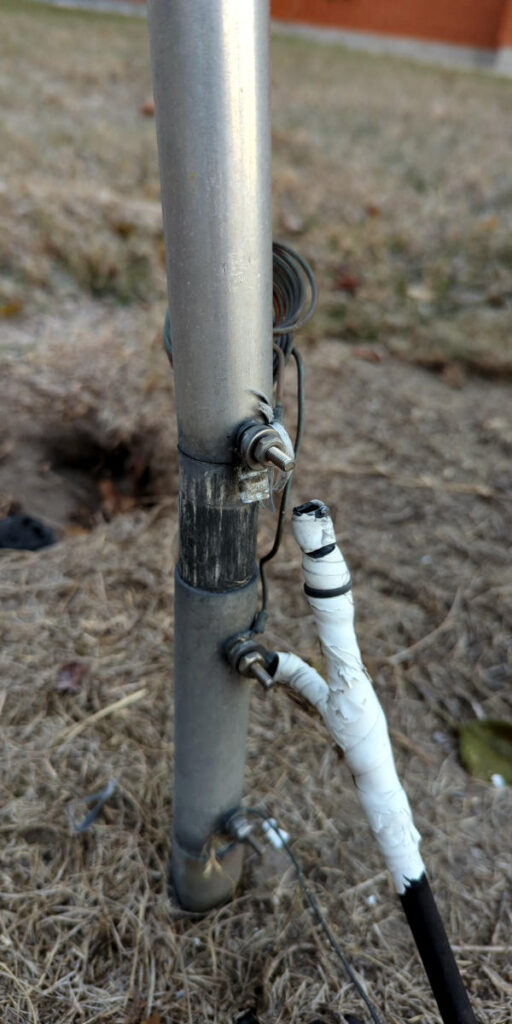W4BXC was on the air for another backyard Field Day, this time from Stan’s (WA4BXC) back yard in Ooltewah, TN. This year we were operating as 1E TN. Present for Field day were Stan WA4BXC, Connie NR4CB, and Eugene AB4UG. We had several friends show up, including one of the neighbours, Steve KQ4SMI, who got on the air for his very first Field Day. In between operating stints, there were breaks around the fire pit for roasting hot dogs, marshmallows, and making s’mores.

The antenna was put up between two large trees with the help of Stan’s “air cannon”. It did a pretty good job getting the ends of the antenna up to a decent height, although overall antenna height was a bit limited due to the presence of other wire antennas. The center of the dipole ended up about 20 feet in the air. Good enough that the radio’s tuner didn’t complain on the 40m, 20m, 10m, and 6m bands.
Band conditions were decent. Not the greatest, but not awful. Propagation seemed to disappear in the late afternoon/early evening, but then improved later into the evening. Bands on Sunday morning were pretty good, but then faded a few hours before noon and didn’t improve much the rest of the day.





Operations were interrupted briefly for a couple hours when thunderstorms rolled in late Saturday afternoon. Thankfully the really heavy rain moved around us instead of over us and we only got rained on a little bit. Wouldn’t be Field Day without thunderstorms.
For logging, not1mm was used instead of the usual N1MM+ that has been used previously. It does a pretty good job at replicating most of the features that makes N1MM+ a good program for contest logging, but is Python based and runs well under Linux.
Field Day wrapped up with 123 contacts, 21 more than last year. Contacts were made mostly on 40m and 20m, with a handful on 10m. The radio was powered entirely on battery power (a 100 Ah LiFePO) that had been charged with solar power, which qualified us for the natural power bonus (100 points). The battery had no problems keeping the radio going at 100 W, and I don’t think we made much of a dent in the battery’s charged capacity.
Field Day 2025
| Band | QSOs |
|---|---|
| 7 | 81 |
| 14 | 36 |
| 28 | 6 |
| Total | 123 |







